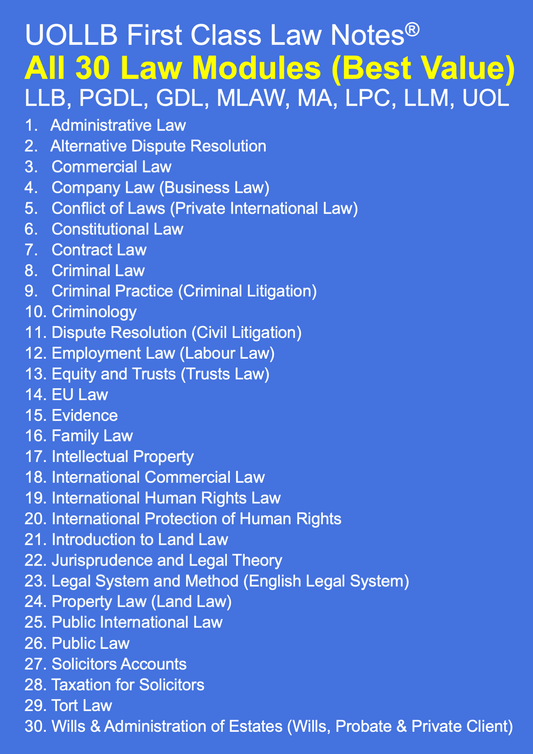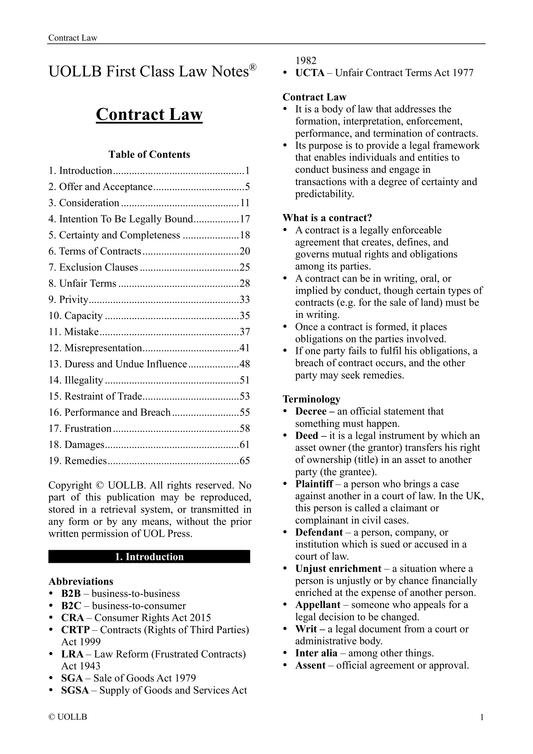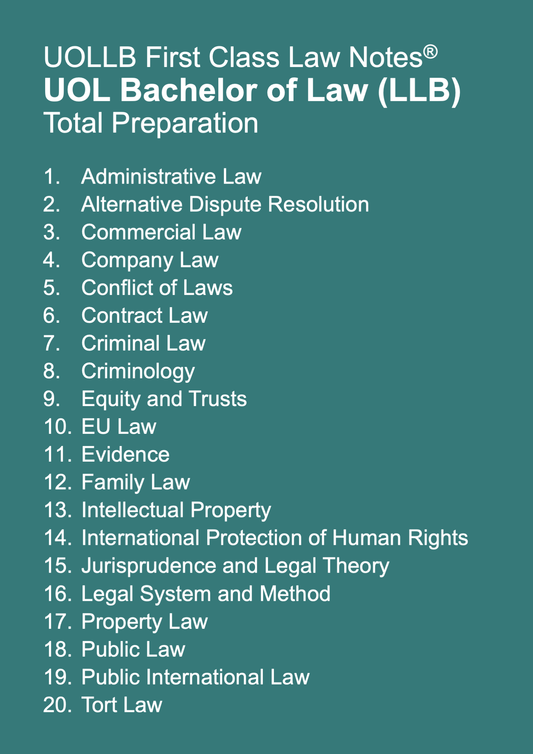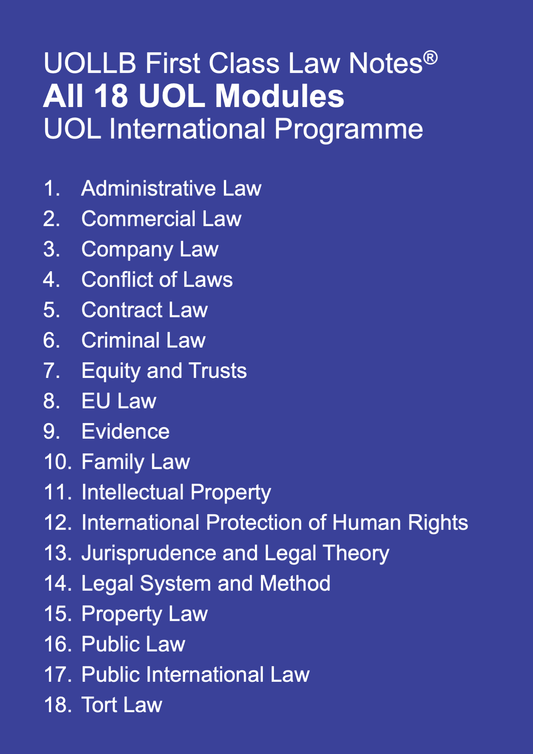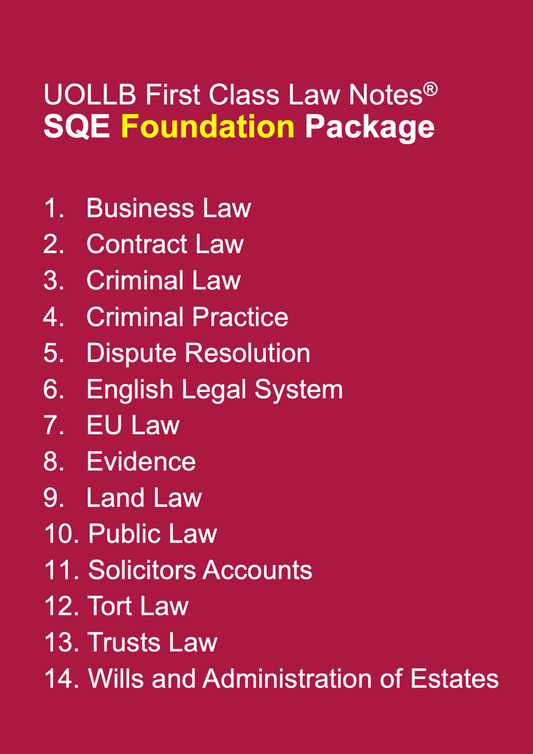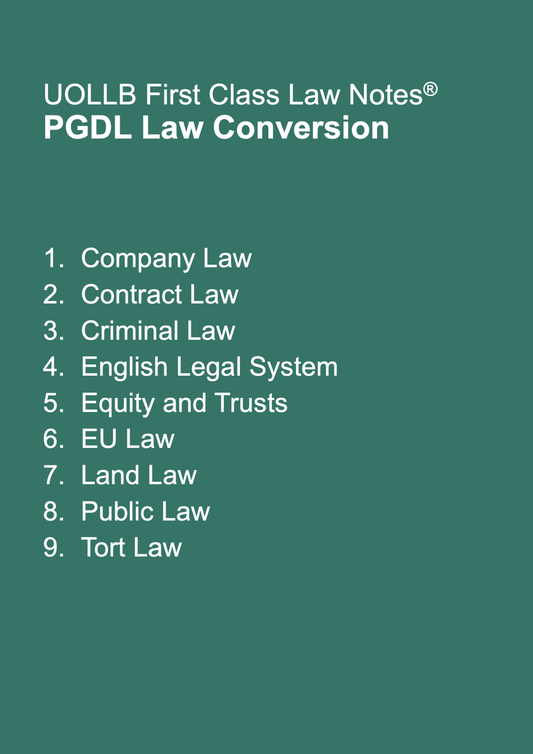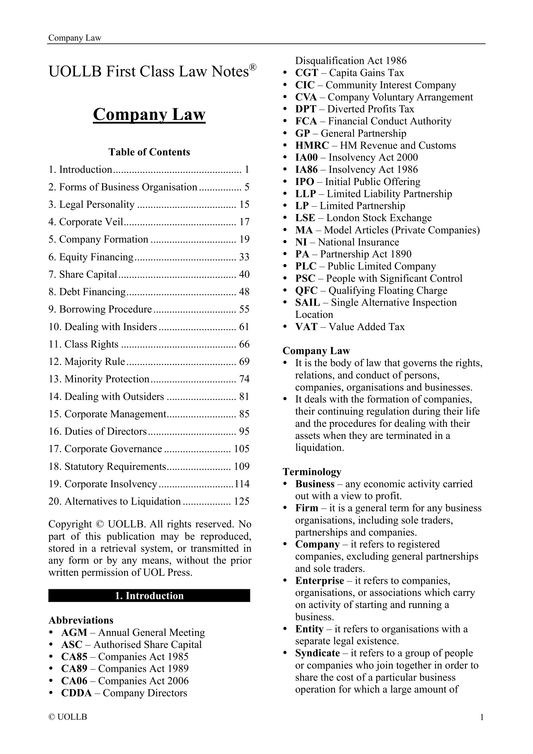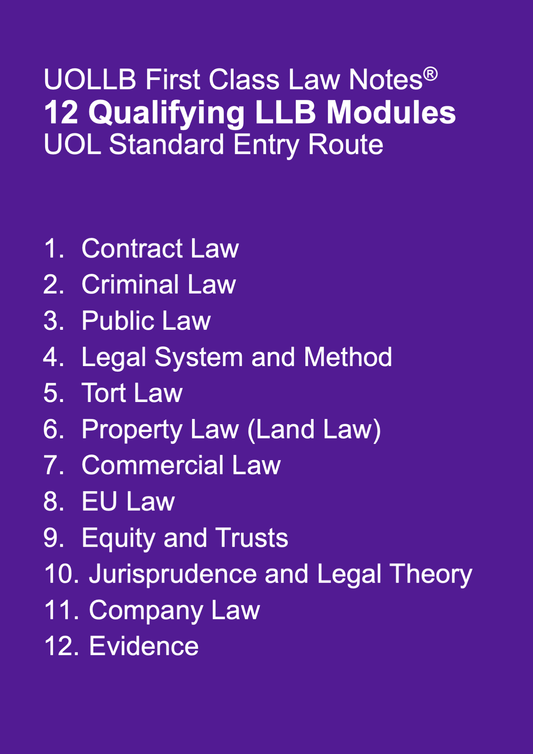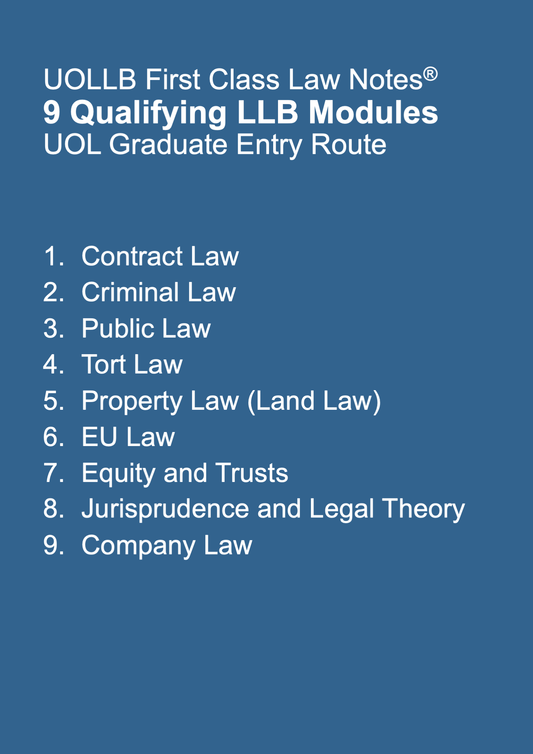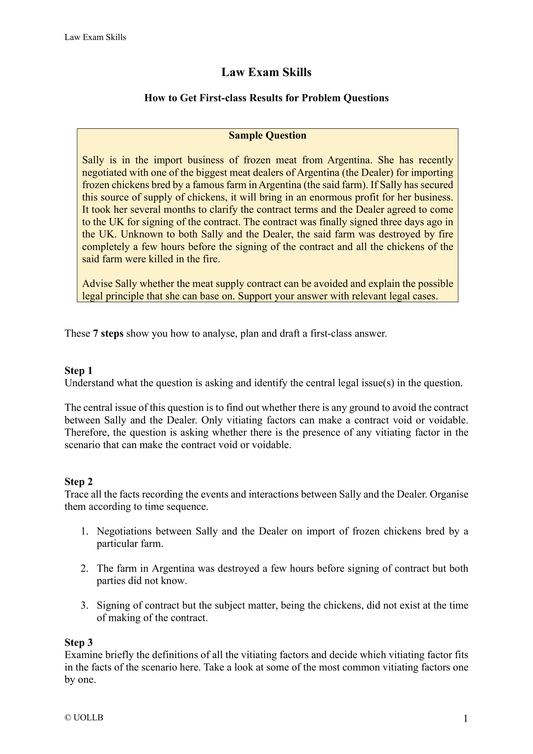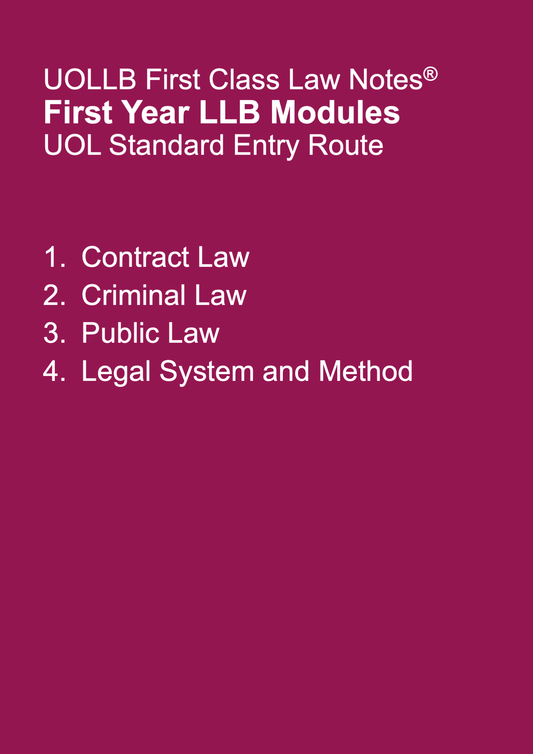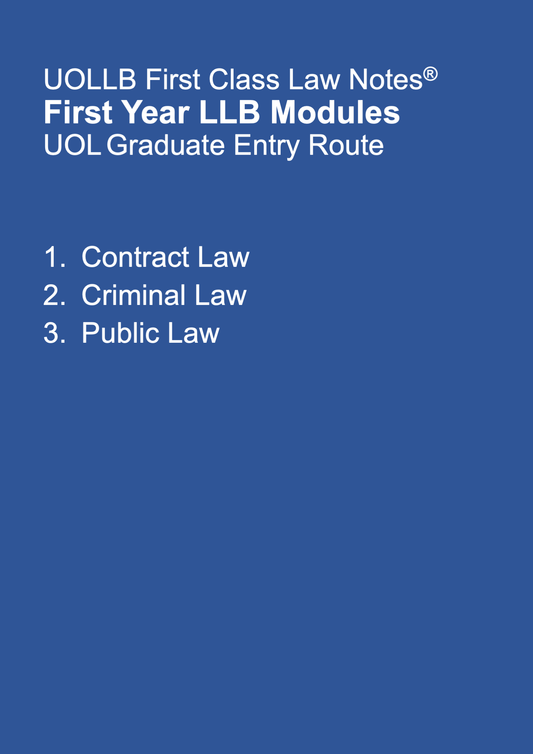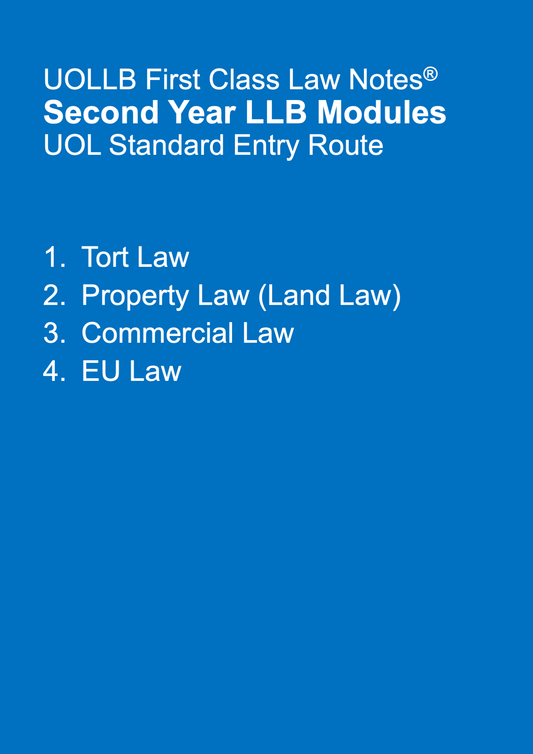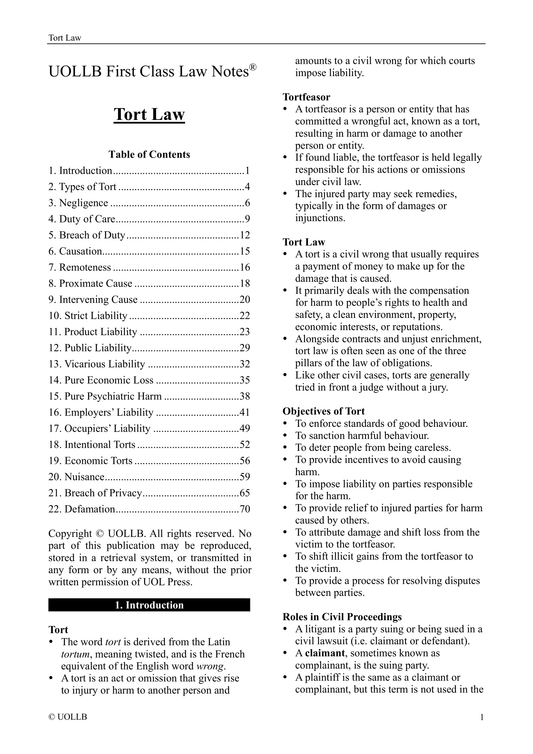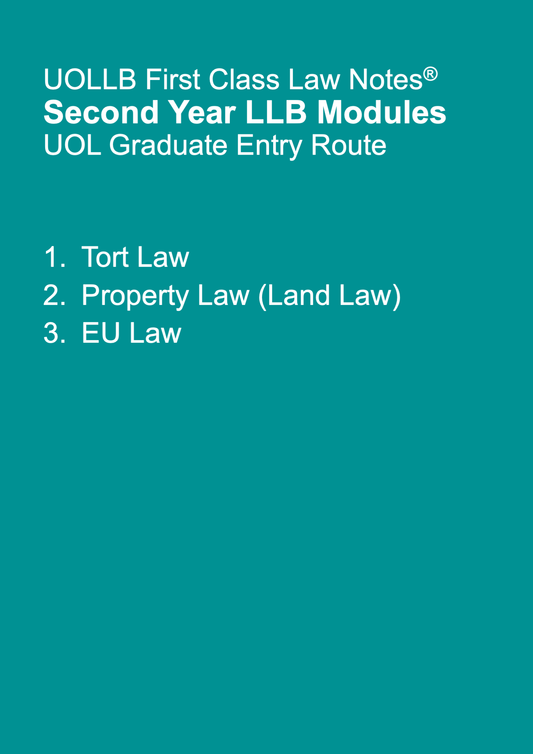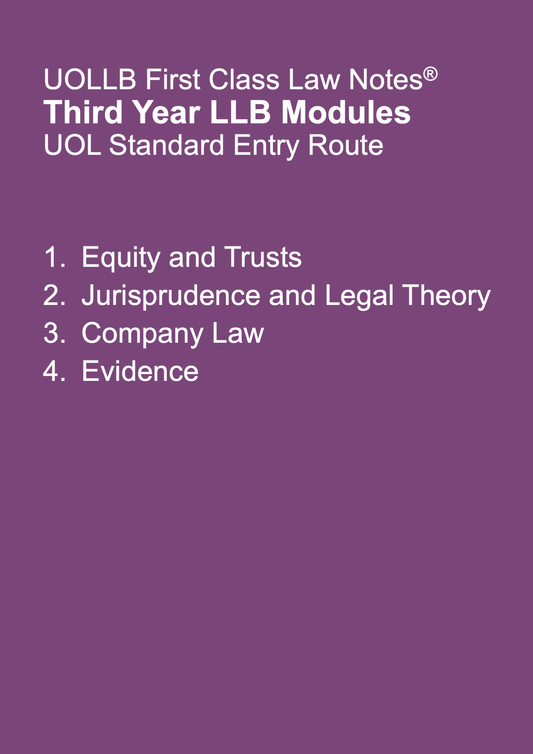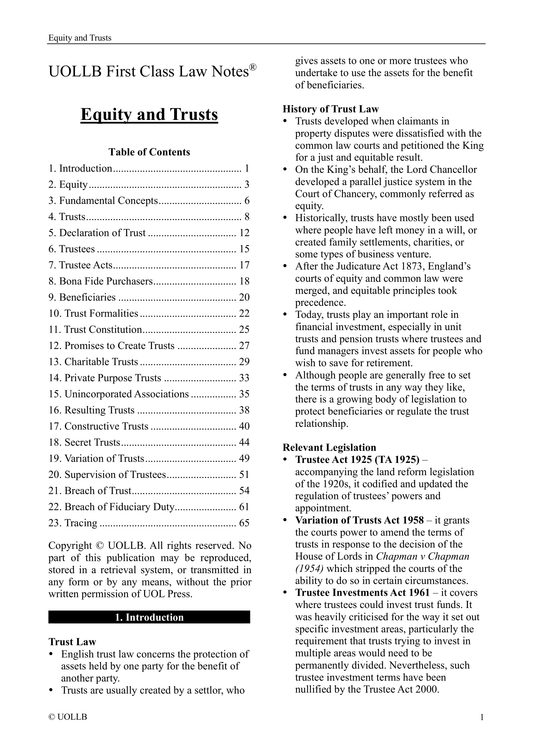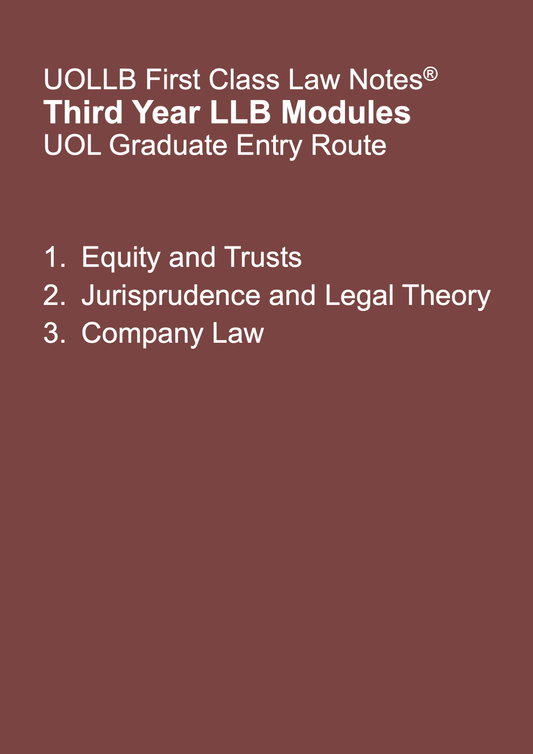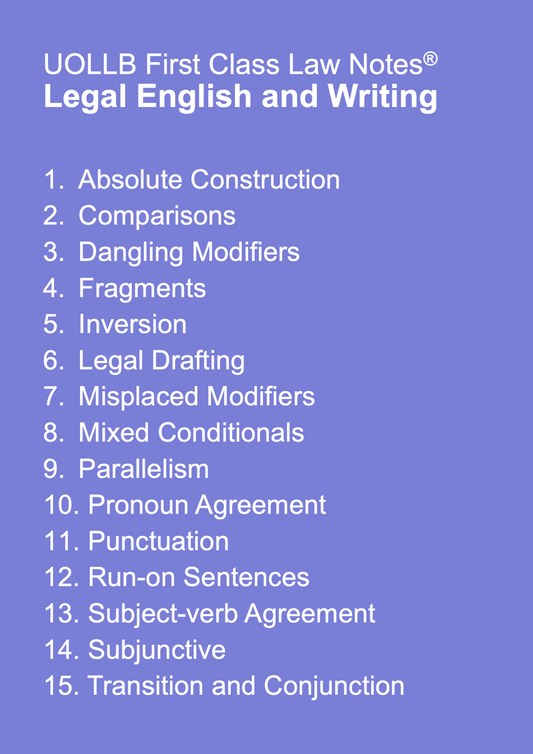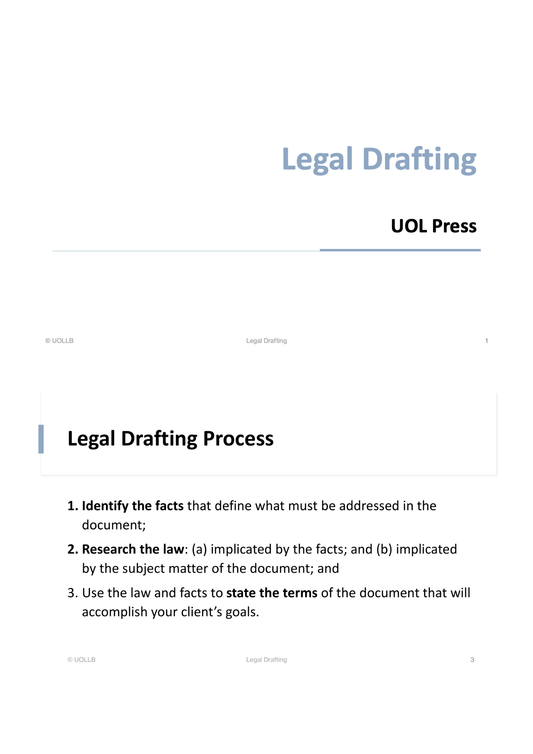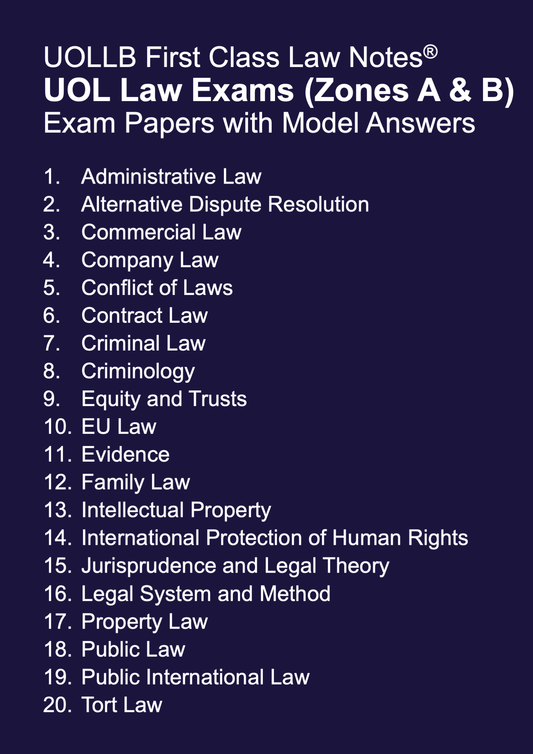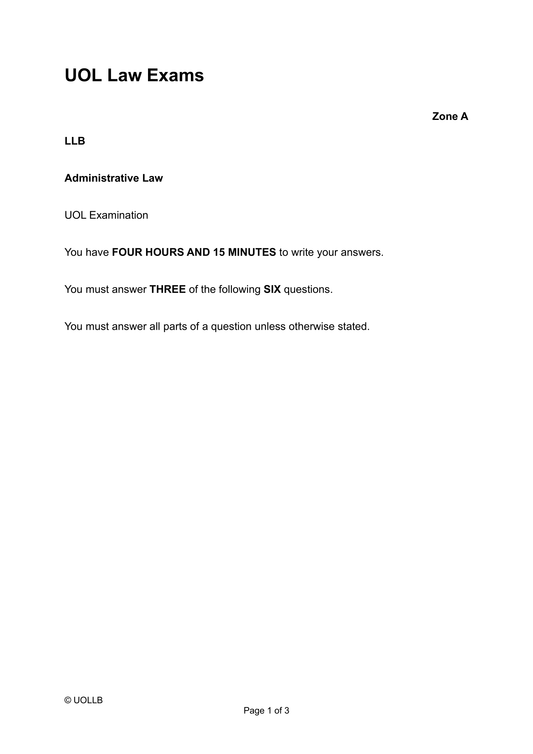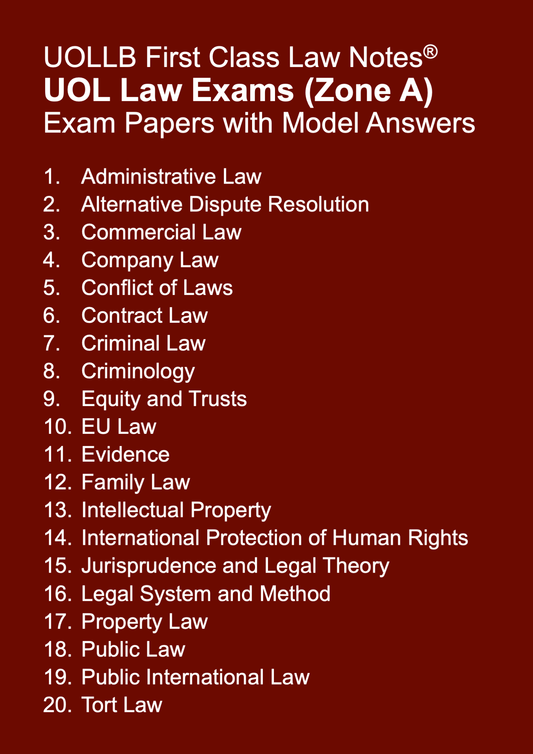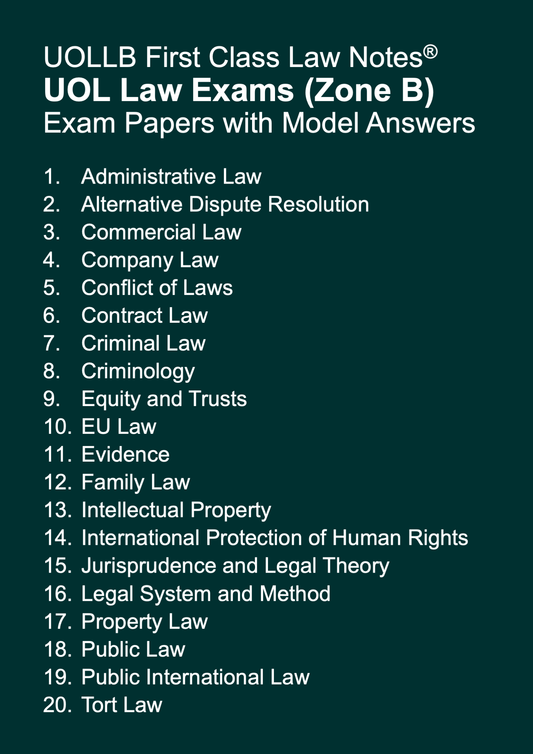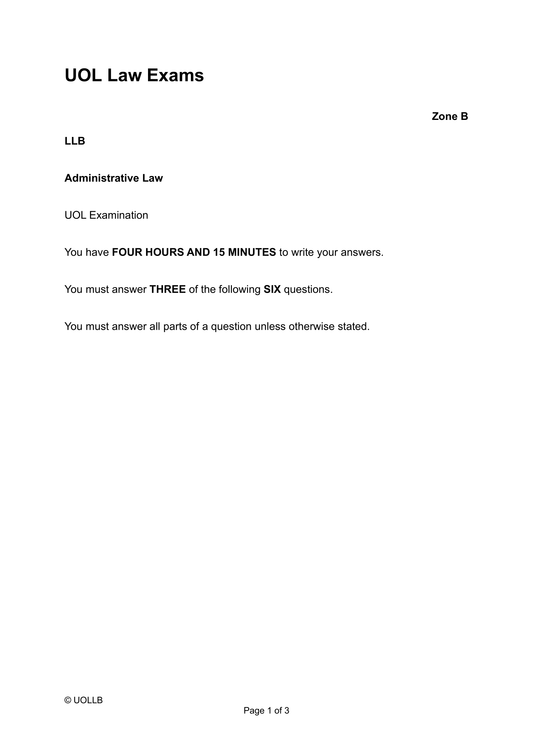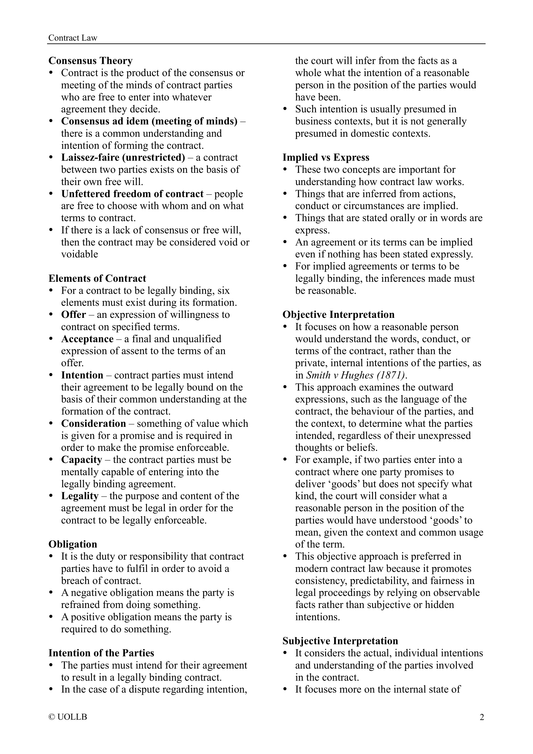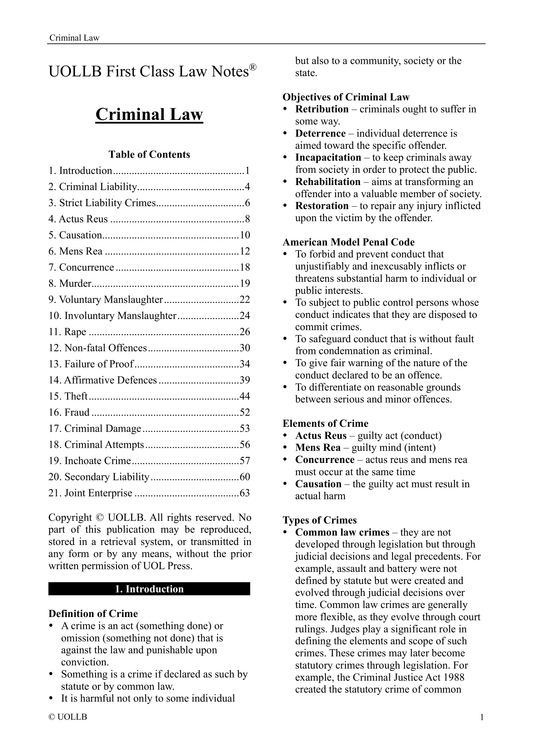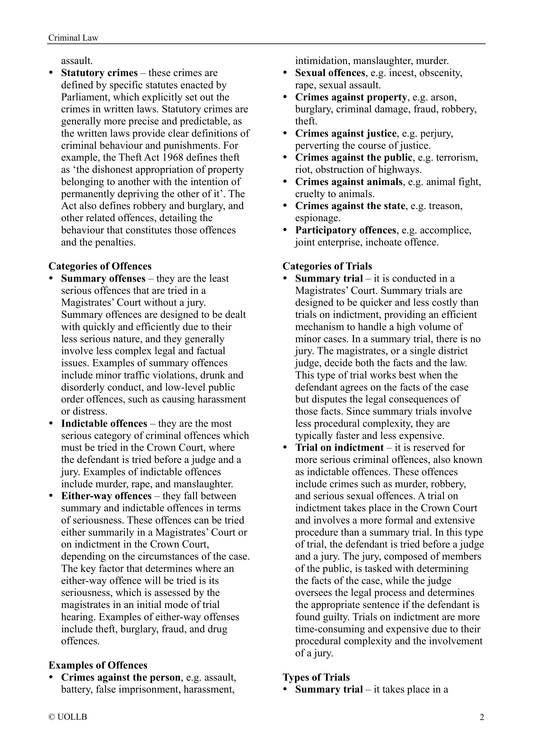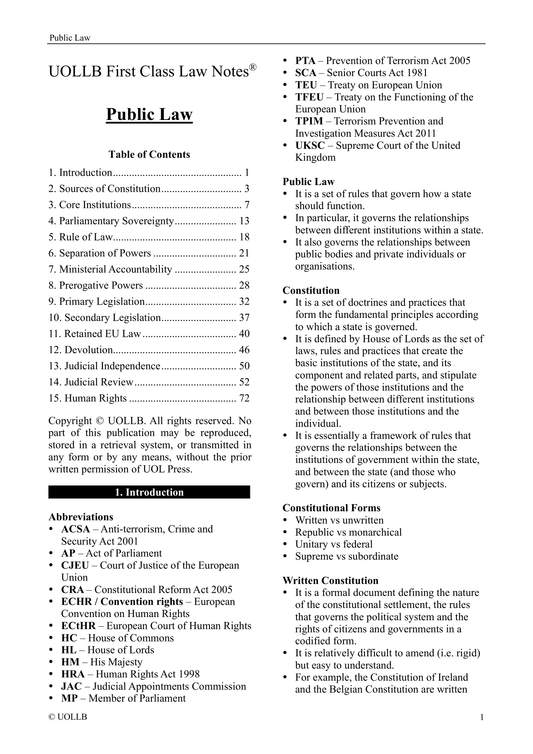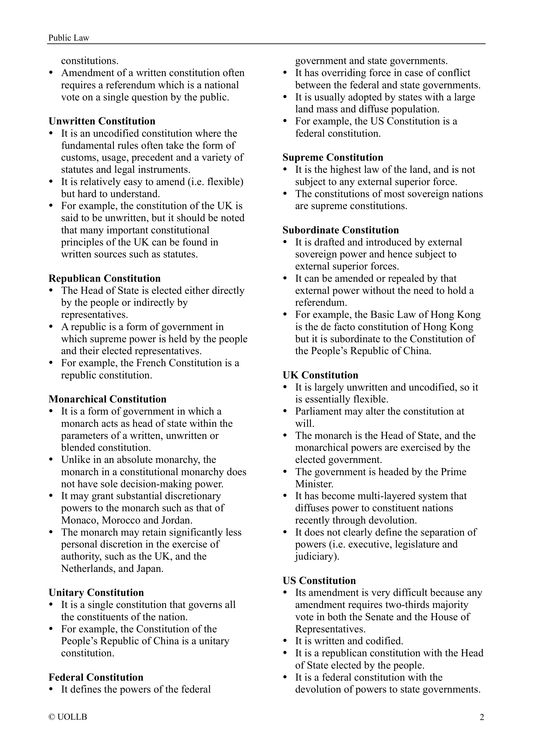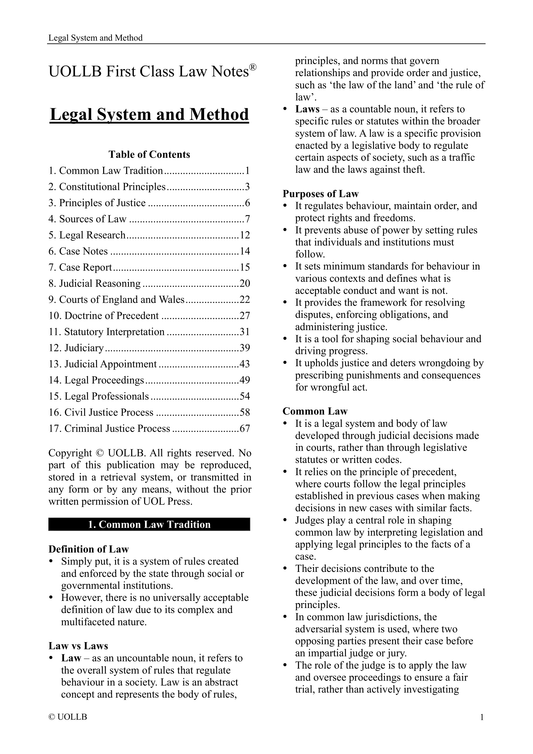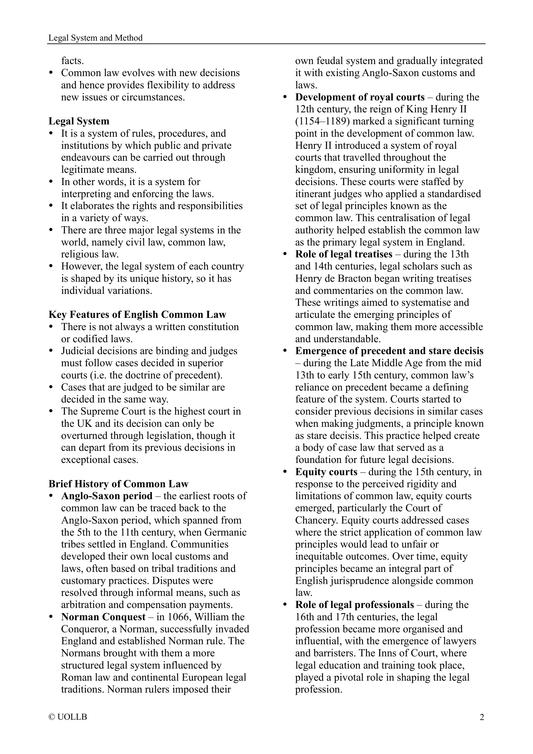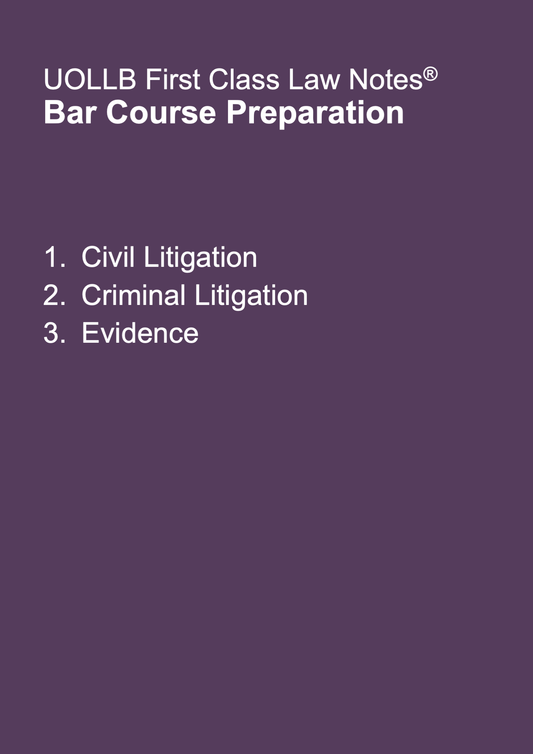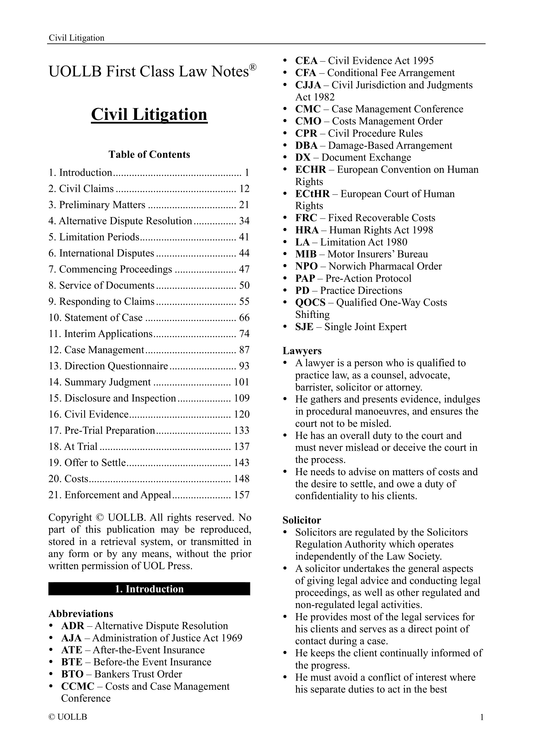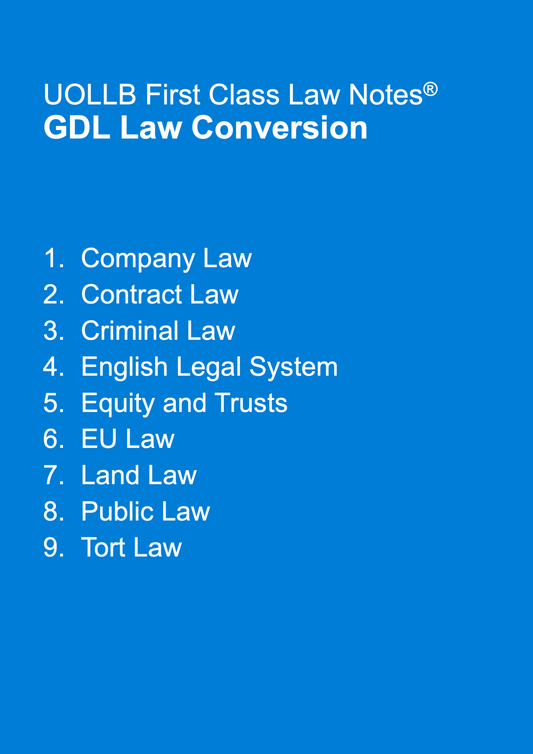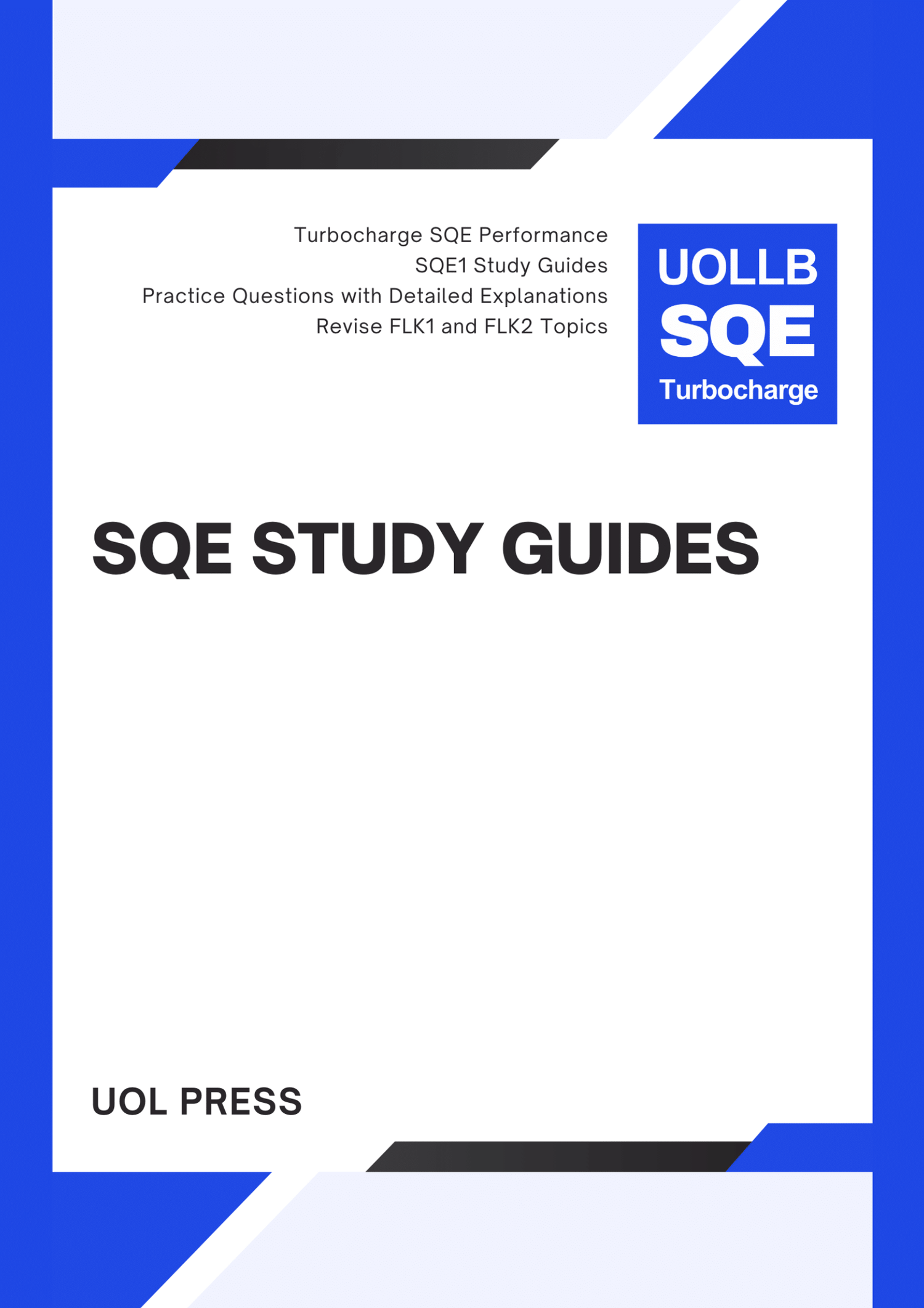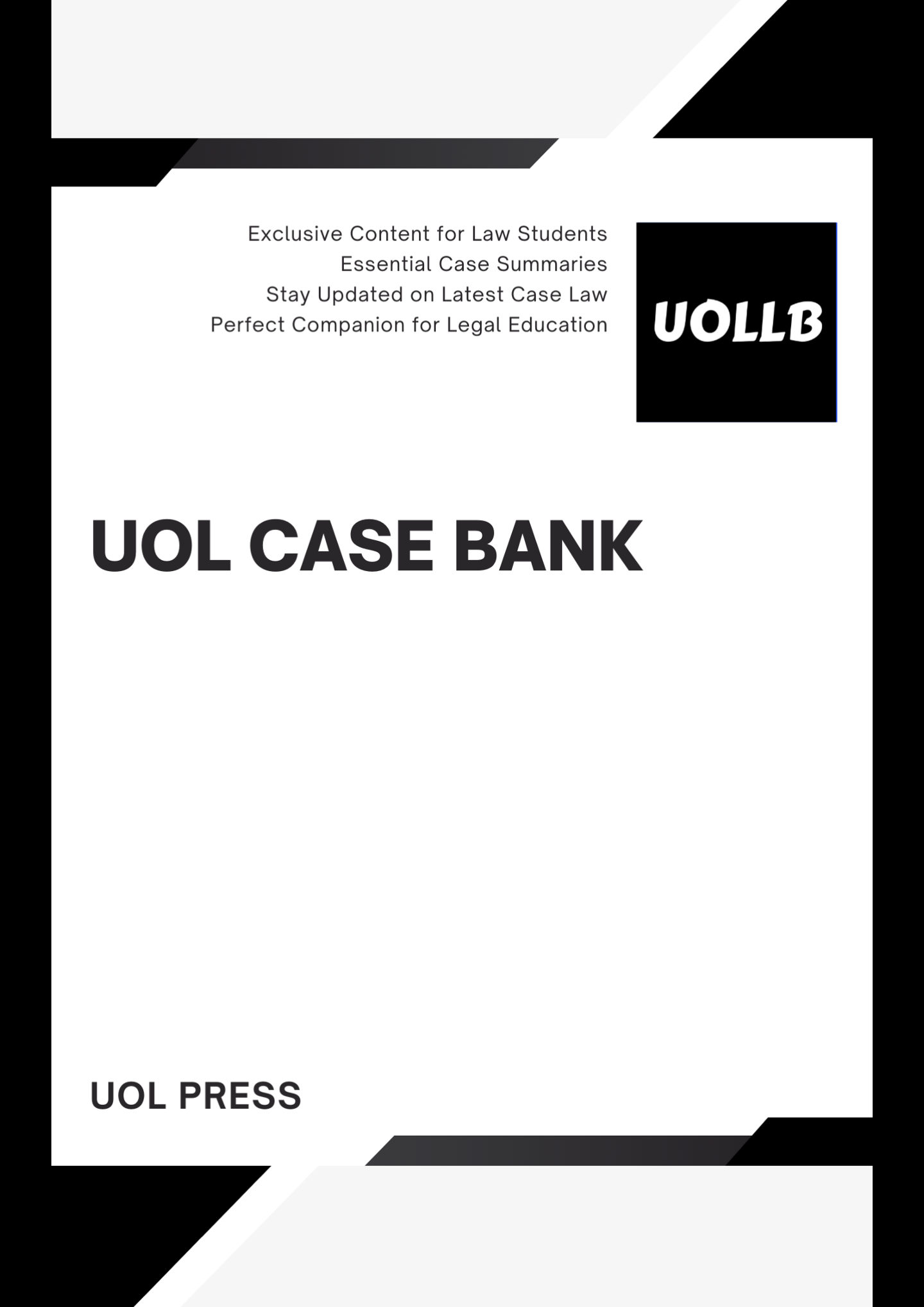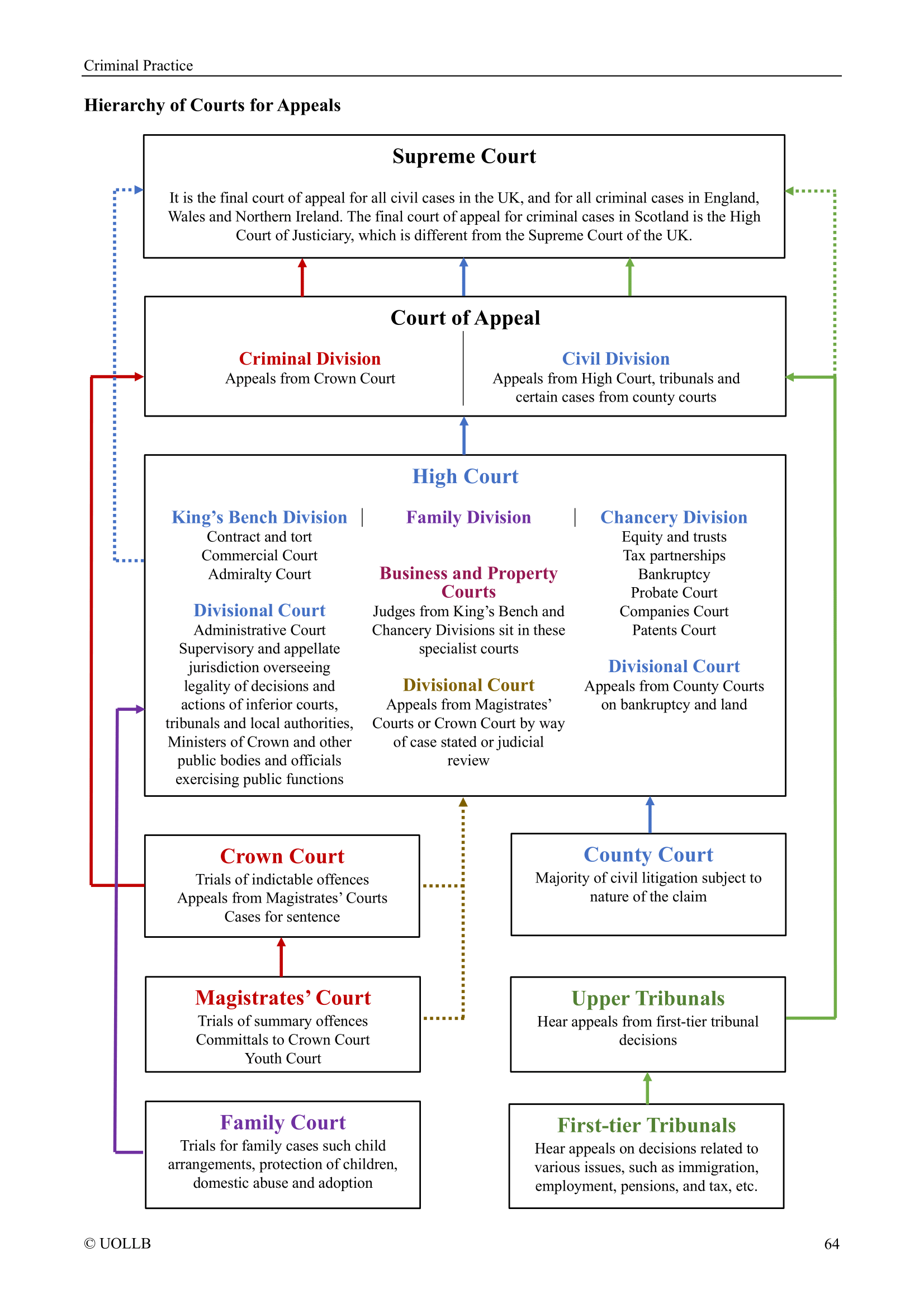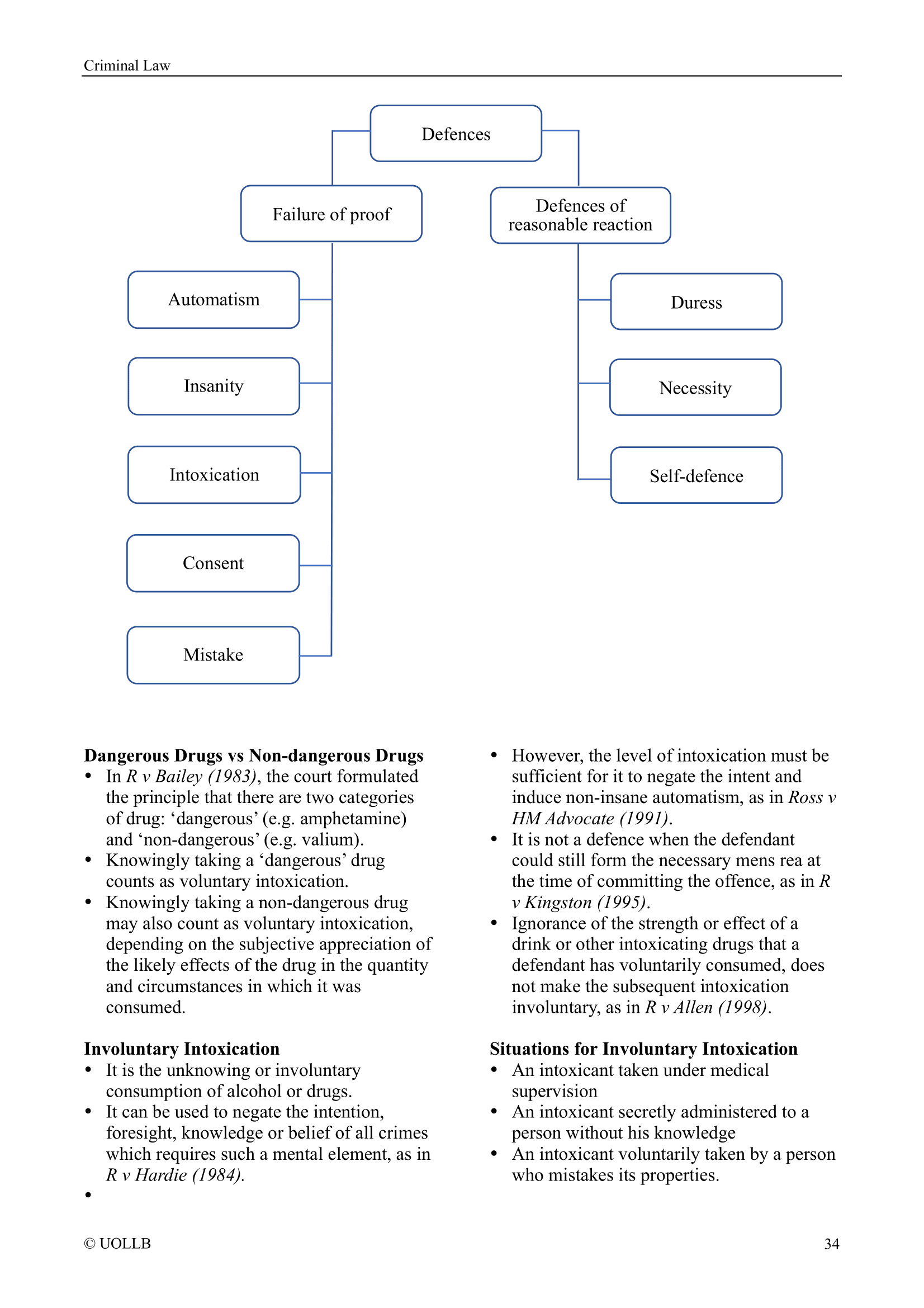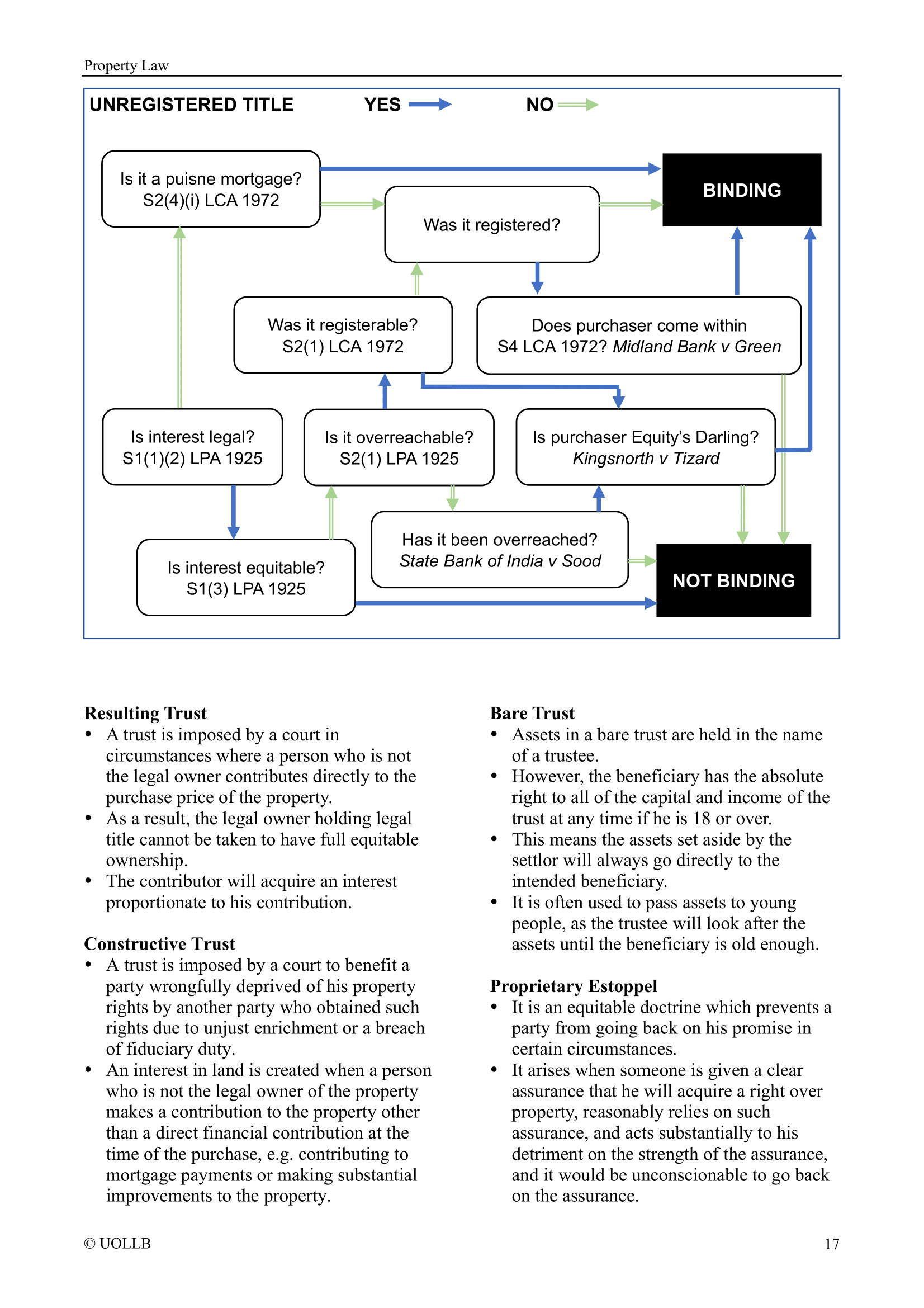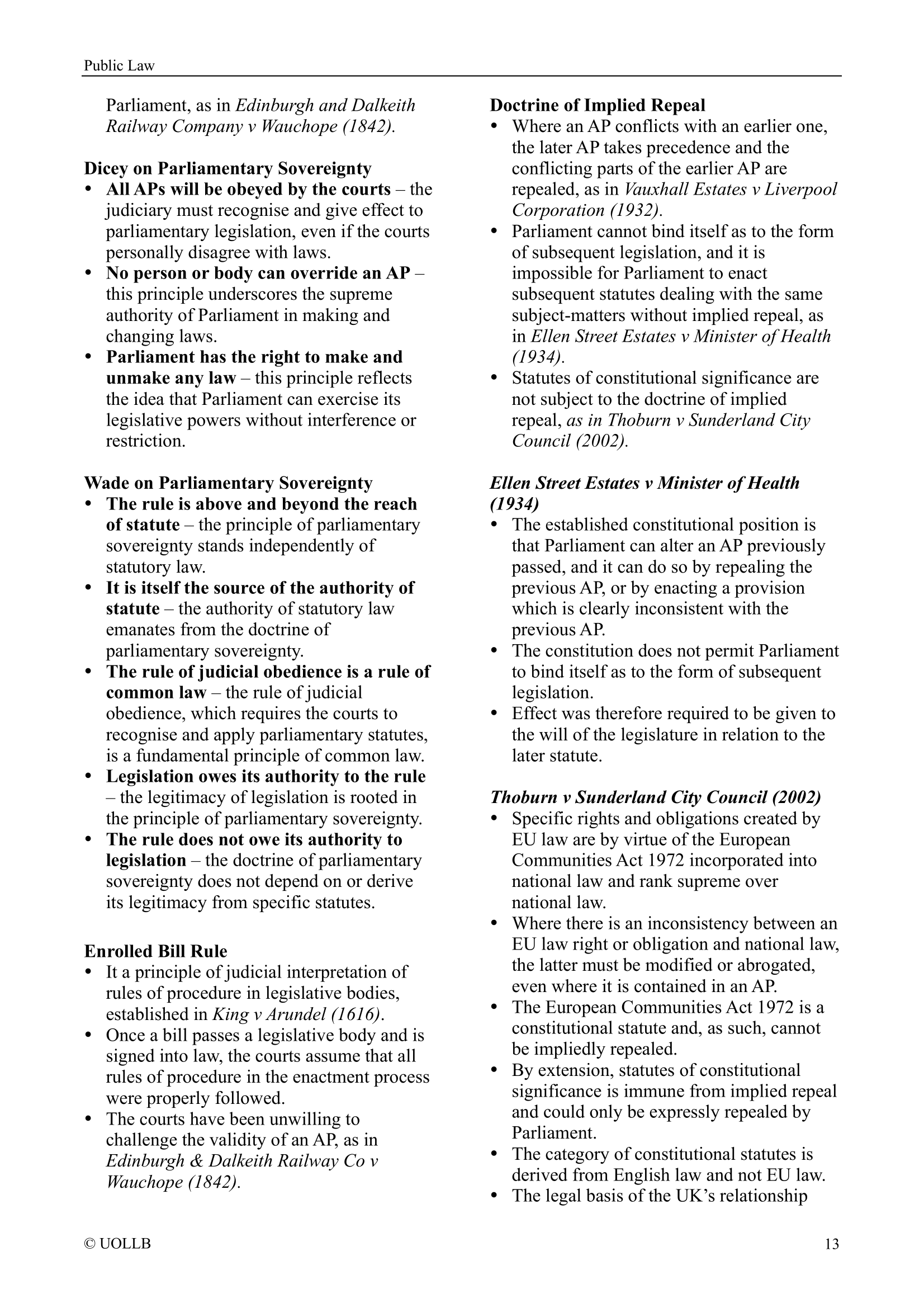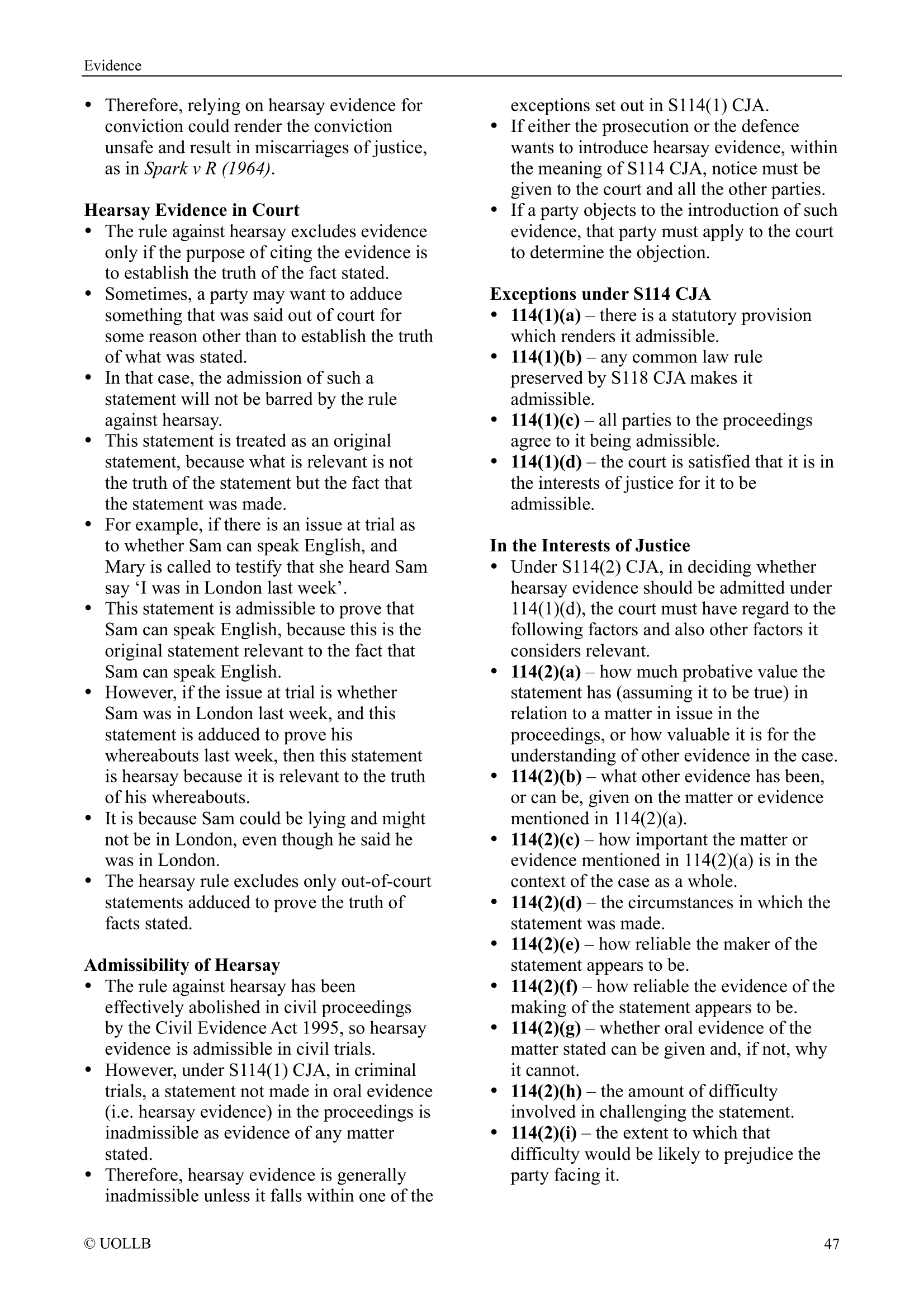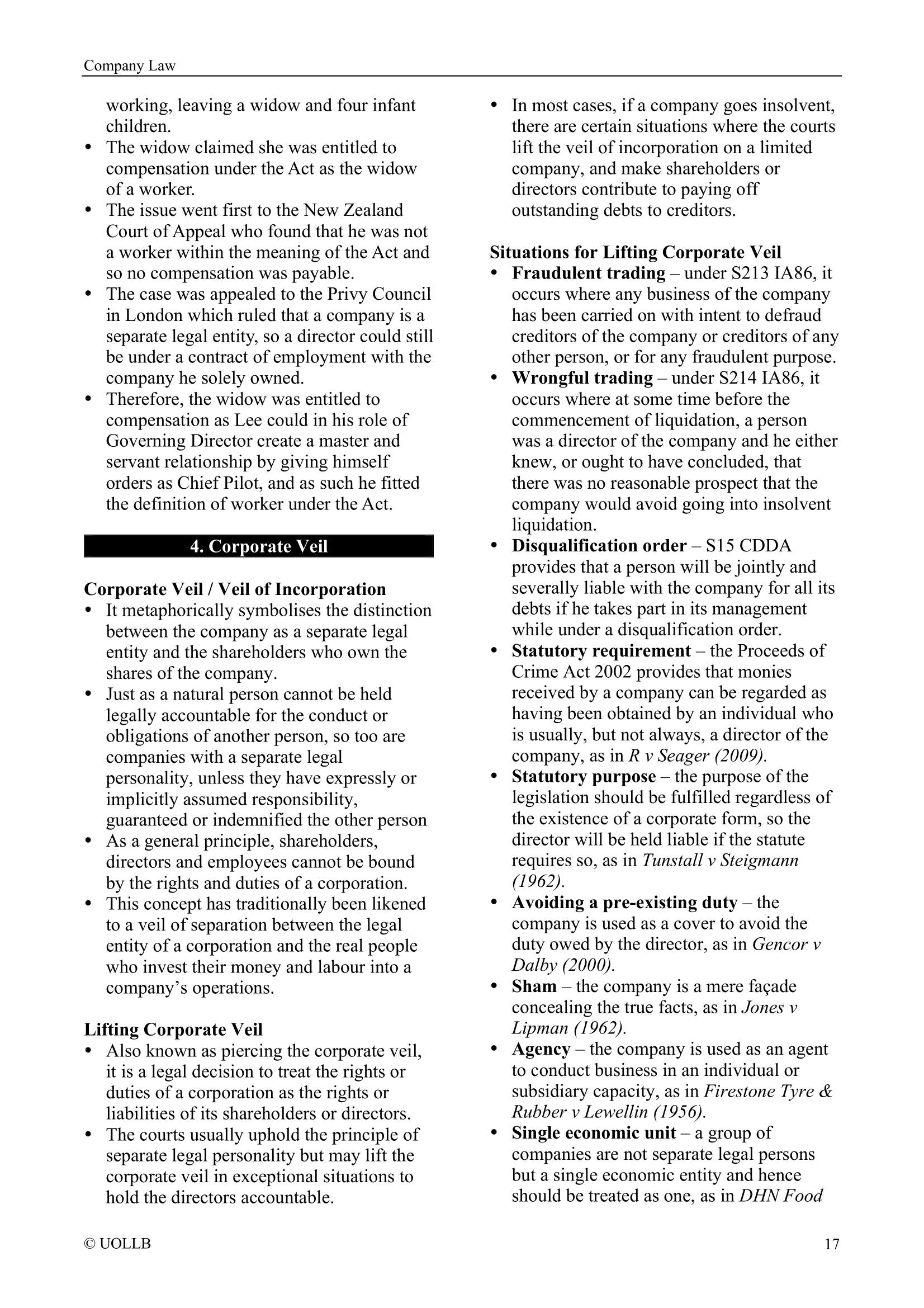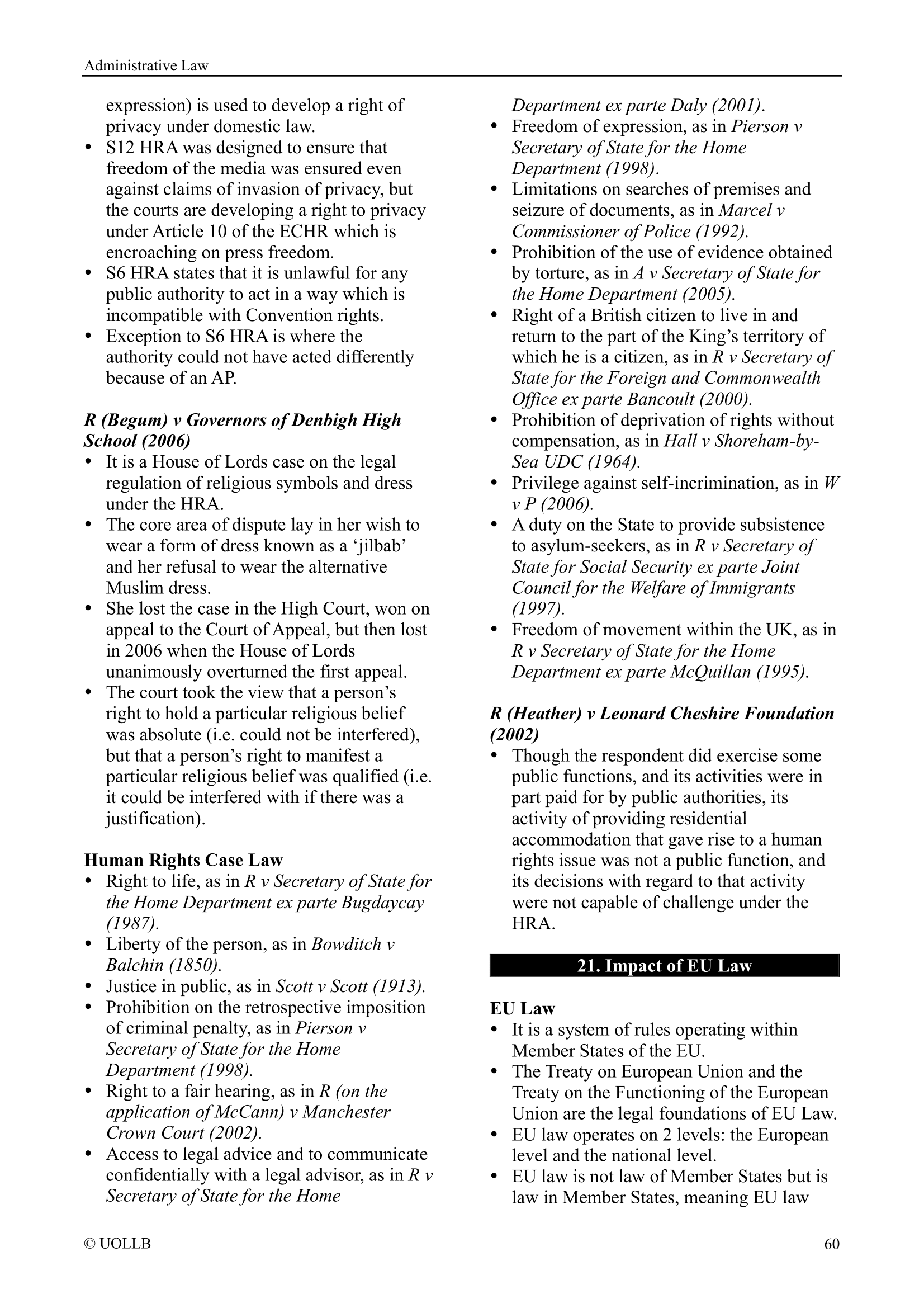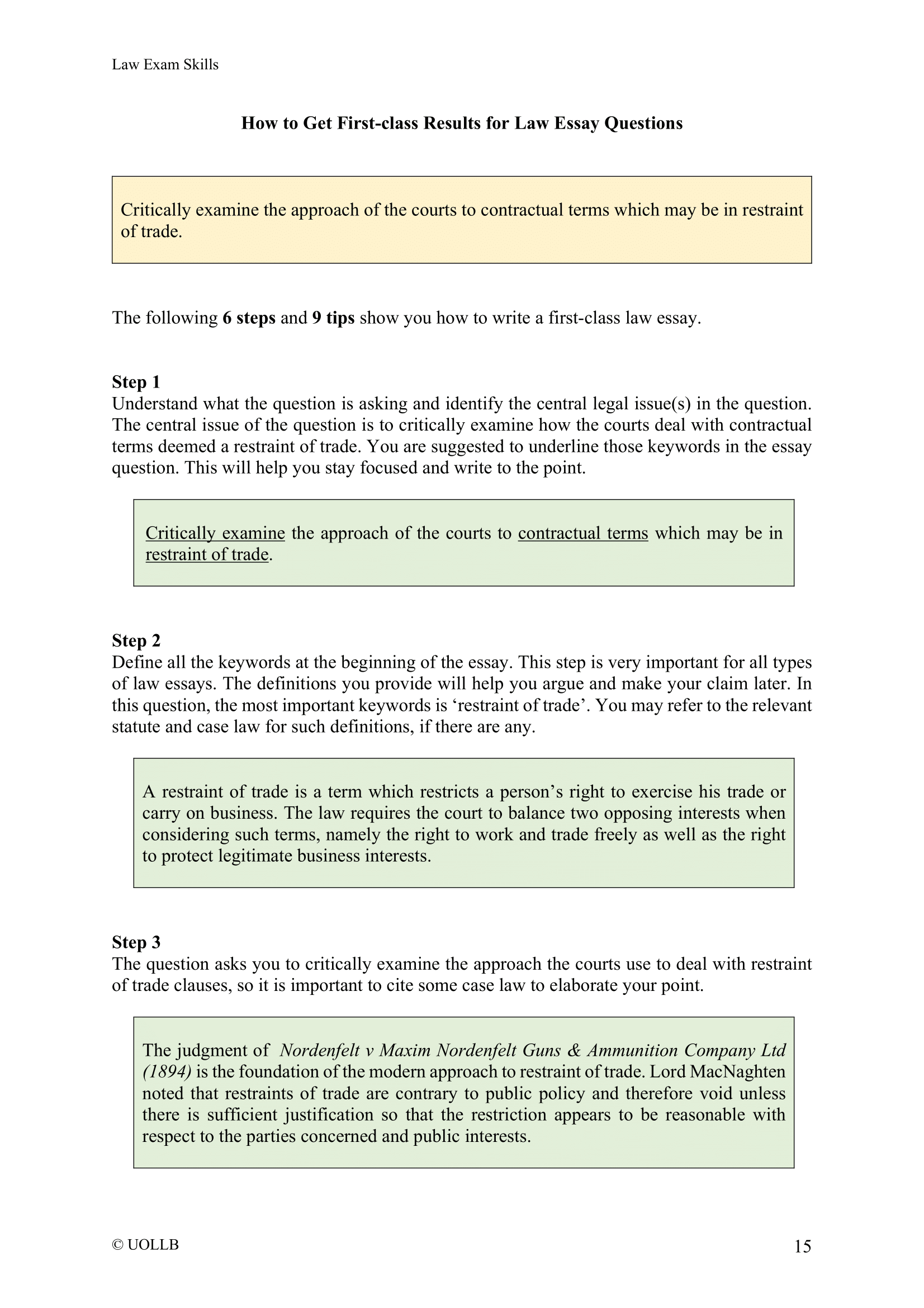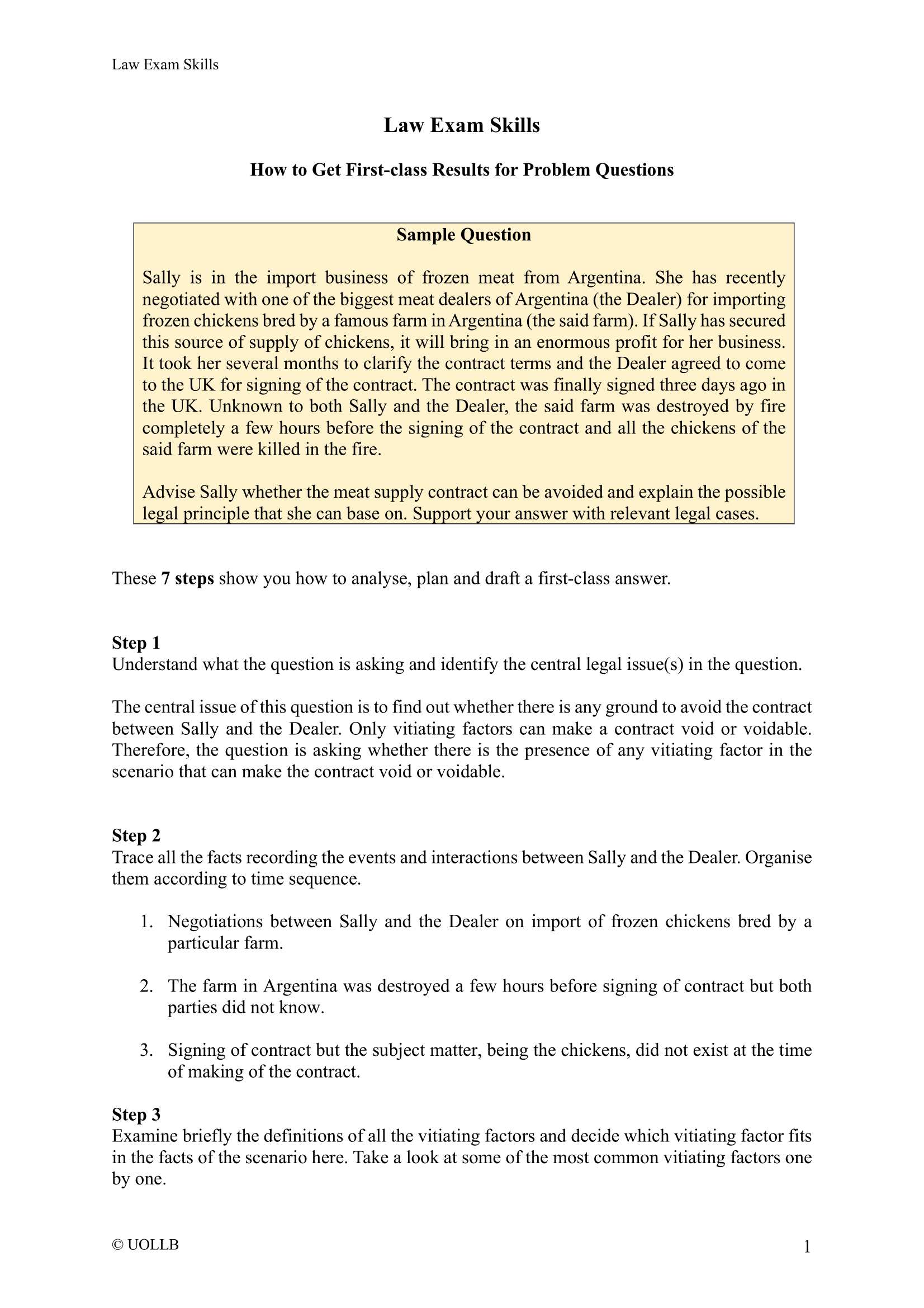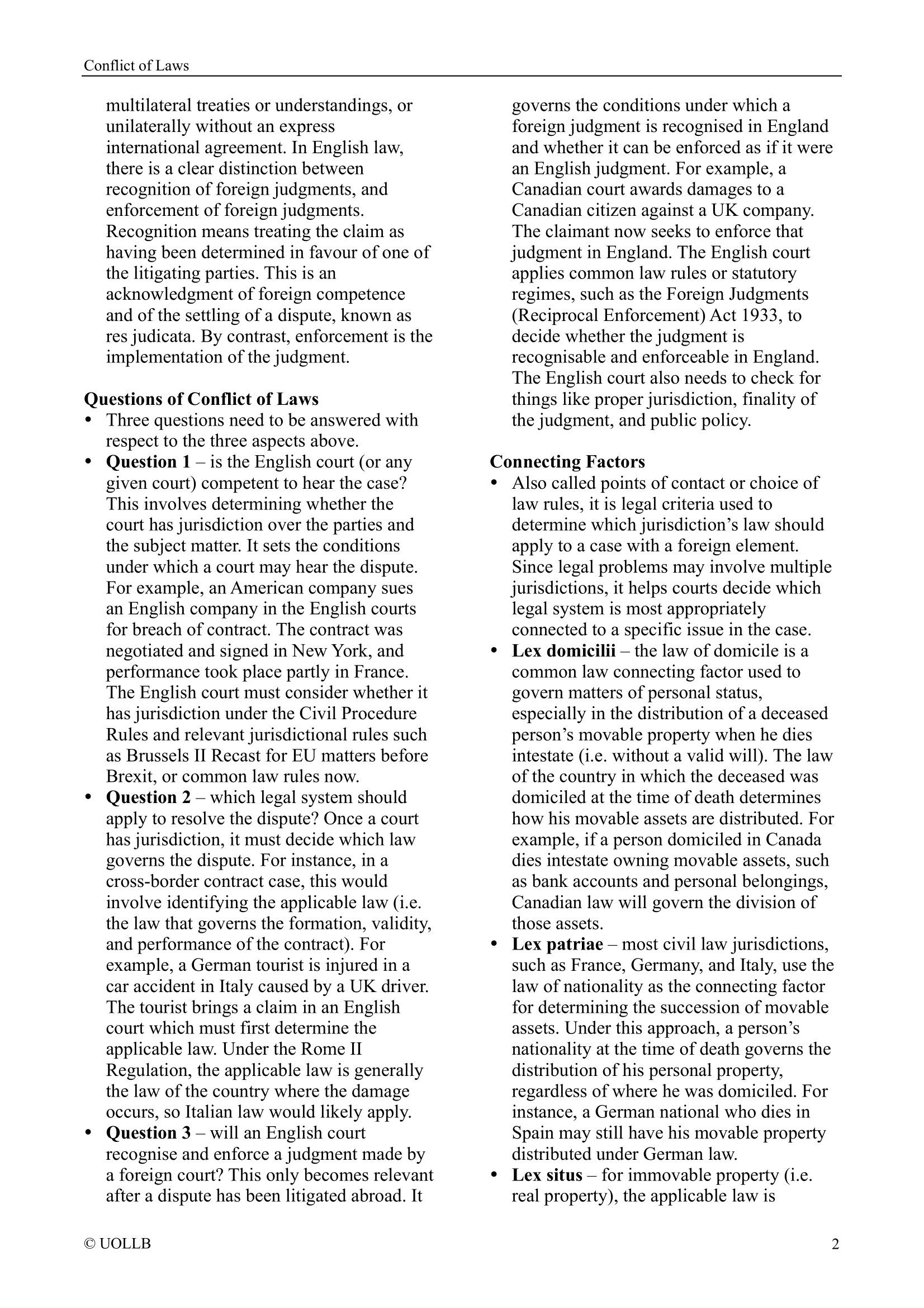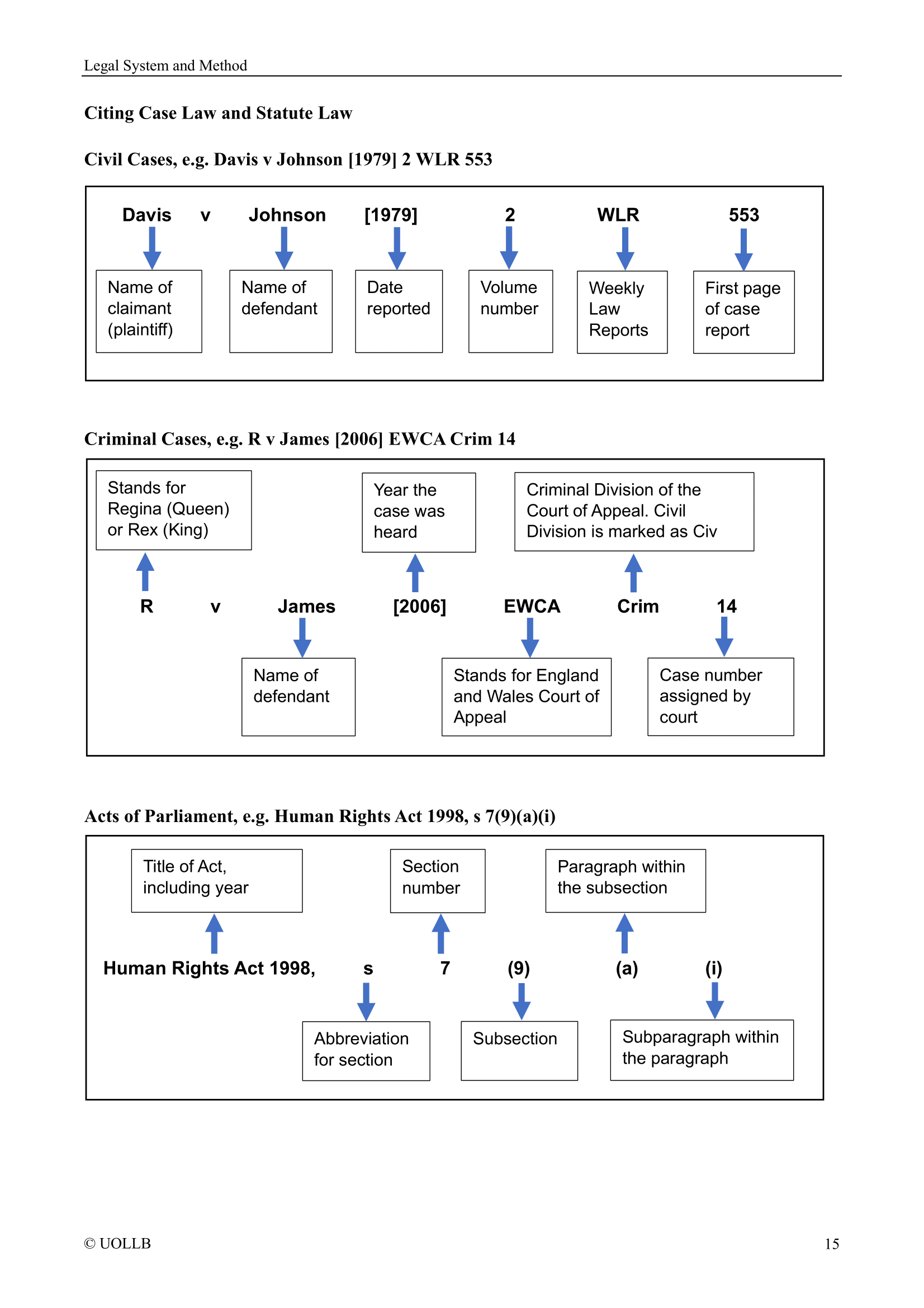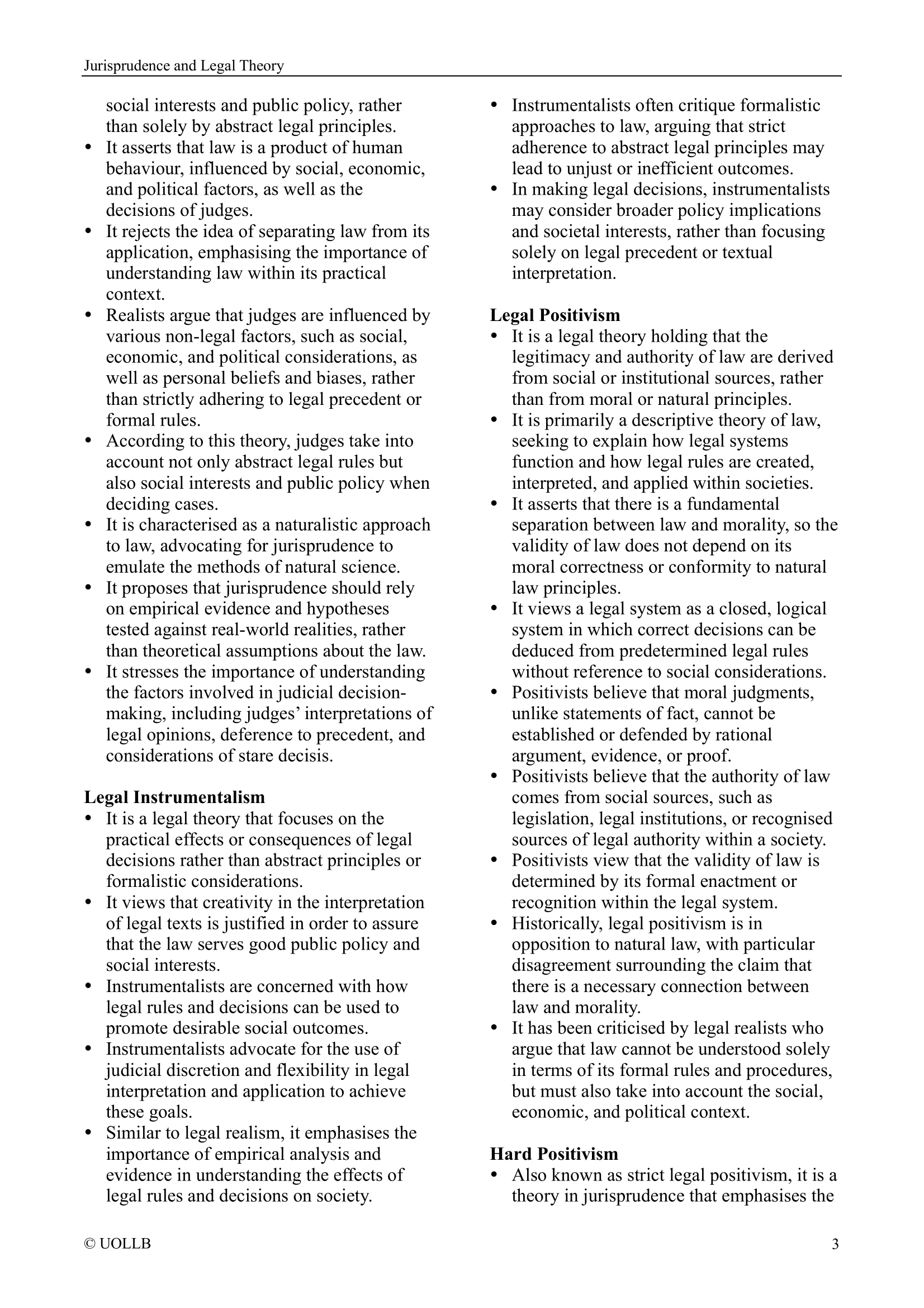JSC Mezhdunarodniy Promyshlenniy Bank v Pugachev [2017]
Share
JSC Mezhdunarodniy Promyshlenniy Bank v Pugachev [2017] EWHC 2426 (Ch) involves the concept of sham trusts and the test for determining whether a trust is a sham.
The court examined the establishment of five discretionary trusts by the settlor, the defendant. Each trust designated the defendant as a discretionary beneficiary and bestowed upon him the role of protector. Importantly, the protector had powers enabling the defendant to reject the exercise of trustees' powers and to remove trustees, powers that could be exercised with a selfish motive. The backdrop of the case involved creditors seeking to enforce a substantial judgment against the defendant's assets held within these trusts, with the defendant contending that he did not retain beneficial ownership of the trust assets.
The central issue before the court was whether the trusts were shams, meaning that the defendant maintained a beneficial interest in the trust assets. The court ultimately held in favour of the creditors, determining that the trusts were indeed shams, and the defendant did retain a beneficial interest in the trust assets.
The judgment outlined a comprehensive test for sham trusts, emphasising the subjective nature of intention. The court specified that the parties involved must have intended to establish different rights and obligations from those outlined in the relevant documents, with the additional intention of presenting a false impression to third parties. External evidence was deemed relevant, and the court cautioned against conflating artificial arrangements with shams. The ruling clarified that a trust could not retroactively become a sham, emphasising that the intention at the time of creation was crucial.
Specifically, the court highlighted the personal and potentially selfish nature of the protector's powers, as they allowed the defendant to retain complete control over the trust assets. The court concluded that the defendant's overarching intention in establishing the trusts was to maintain control over the assets while using them as a façade to mislead third parties by concealing his control. Notably, there was no indication that any other individual involved in establishing the trusts had an intention independent of the defendant's overarching objective.
In summary, this case contributes to the jurisprudence surrounding sham trusts by delineating a subjective test of intention, highlighting the potential selfish exercise of powers by a protector, and emphasising the importance of a common intention between the settlor and trustee. The court's findings in this case underscore the significance of genuine intention in the creation of trusts, particularly in the context of discretionary trusts with intricate structures such as those examined in this litigation.
